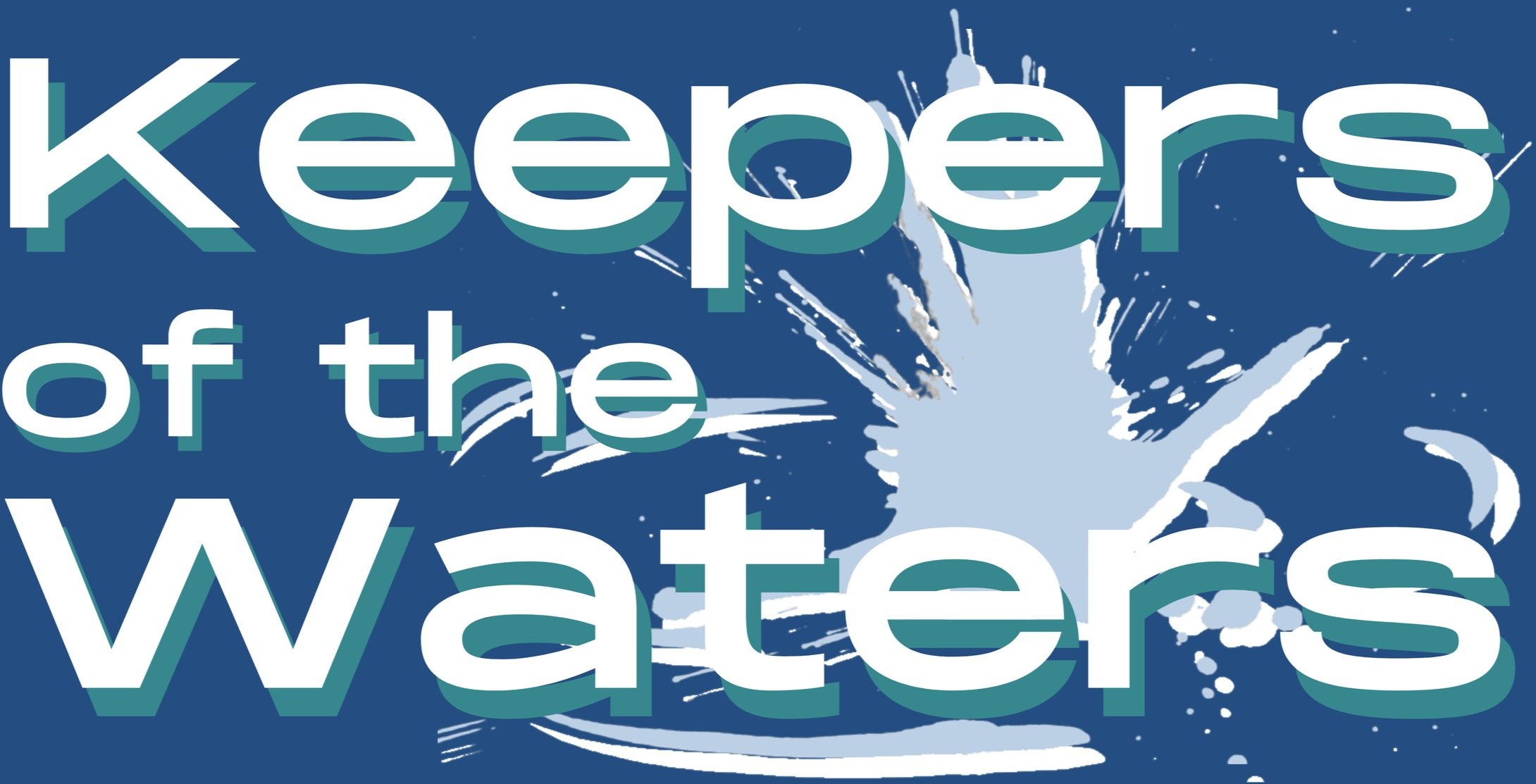Le Musée de l’Eau in Burkina Faso
Betsy meets director Samoura Alassane
Le Musée de l’Eau in Burkina Faso is a space for valuing water as a resource at cultural, sociological, anthropological and political levels.
You can connect with the Museum on Facebook here.
The Museum collects and exhibits tangible water heritages such as water scoops, calabashes, ropes and intangible heritages such as songs, myths, and the manifold symbolisms of water.
Musée de l’Eau: In Their Own Words
The first water museum in Africa, Burkina Faso’s Water Museum was founded in 2005, in the heart of the Sahel desert. The Water Museum promotes water through the collection, documentation, and preservation of water heritage, both intangible and tangible. The museum displays a range of exhibits from a traditional well, to water artifacts up to 100 years old, to tools used in the collection, transport, and storage of water.
“Women are a central focus of the Water Museum.”
At the Water Museum, we embrace water as a symbol of welcome and hospitality. Visitors arrive as strangers, but then earn to become water seekers. They learn how to locate water with various tools. A visit to the Water Museum unfolds as visitors follow water through four stages of its supply chain, from operating a hand pump at the well, to carrying, storing, and withdrawing the water. Visitors learn that when you carry your own water, then you truly know the value of each drop.
Women are a central focus of the Water Museum. The “Water and Women” space focuses on women’s relationships with water, both historical and contemporary. “Water and Women” explores the ways traditional “women’s work” depends on water, and how this places women in close relationship to water. Women and girls throughout Africa walk an average of 7km to reach water every day—sometimes twice a day. The average water supply they carry is 40 pounds. Carrying out this daily task perpetuates gender inequality because for every hour a girl spends fetching water, she loses an hour of opportunity to study, work, pursue personal interests, or simply rest.
Another exhibit, The Park of Pumps and Valves, allows visitors to handle a few samples of the 47 models of old water pumps. Models include manual hand pumps, foot-operated pumps, even wind turbines—and soon, solar powered pumps. This section of the museum also breaks down over 100 types of faucets, and demonstrates how water meters can provide alerts and prevent the waste of water.
In The Toilet World Cup, the museum offers playful games aimed at educating children on good hygiene practices related to water, especially the use and maintenance of latrines. Burkinabes face a high risk of water-born diseases such as bacterial and protozoal diarrhea, hepatitis A, and typhoid fever.
A Rich Water Culture
“The Water Museum is a journey of learning, discovery, interactivity, and curiosity.”
At the Water Museum, visitors and guides sing, dance, splash themselves with water, tell tales, and share the dual nature of water symbolism. Intangible heritage lies at the crossroads of giving and receiving! While a tree trunk may remain in the water, it will never become calm, as an African proverb says, "Many people resisted the lack of love, but none survived the lack of water." Satirical remarks from aquatic animals, mermaids, mythologies, and legends hold a preeminent place at the Water Museum. The Water Museum is a journey of learning, discovery, interactivity, and curiosity. The Water Museum of Burkina Faso lies at the crossroads of culture, tourism, education, and water research. Social art and popular education are present and expressed through theater, music, dance, sports, drawing, pedagogy, education, and play. An educational space for children provides a fun way to learn and conduct research on water, such as the water cycle. The Water Museum serves as a research center for endogenous knowledge, empirical knowledge, and conflict mediation practices.
















